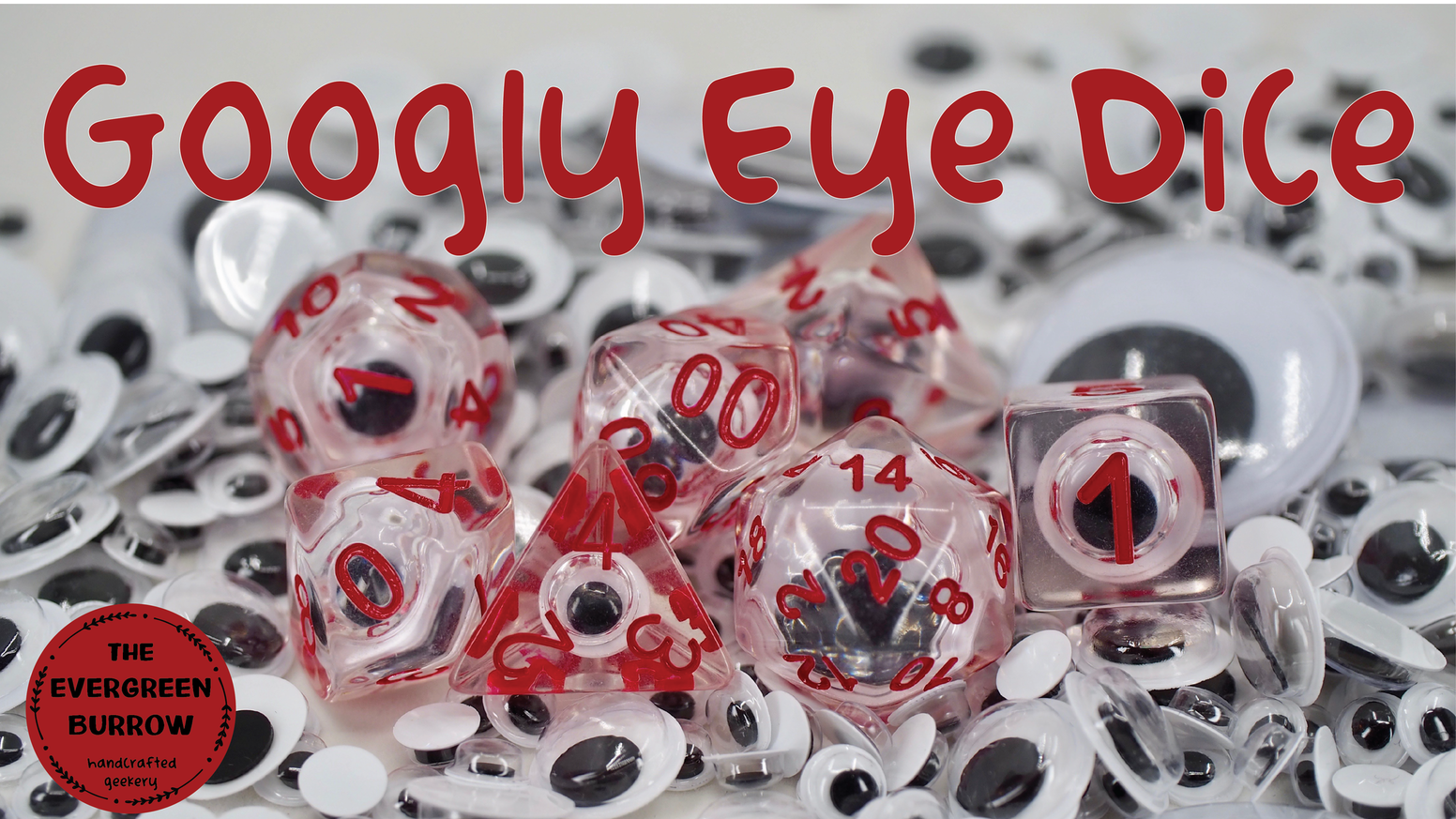Updated on September 8, 2021

If you stop to think about it, you’ll realize that the only way to roll a 2 (“snake eyes”) is by rolling two 1s; no other combination will do it. Similarly the only way to roll a 12 (“boxcars”) is to roll two 6s; there is no other combination of dice that will arrive at that number. There is also only one way to make a 7 (“high 12”) and only two ways to make a 2 (“snake eyes”). The only other way to make a 12 in Craps is to roll a 6 and a 5. But you can make a 2 anytime, except for the rare occasions when you can roll a 6 and a 5 on the same roll.
If you don’t understand the terminology that is associated with rolling a particular number, it is easy to get a little confused about what to roll. Let’s take a look at some of the terminology that you’ll hear around a craps table.
What is the puck-count? This is the amount of positive (+) or negative (-) signs visible on the table representing the amount of either positive (+) or negative (-) reads. The minimum positive (+) hand is when the total of the table goes over zero and the maximum negative (-) hand is equivalent to zero. Usually you will be able to make heads or tails appear on the board simply by rolling either end of the stick.
What are the pass or don’t pass bets? If you don’t know about these bets, don’t worry, they’re simply the opposite of pass or don’t pass bets. A pass bet is a bet placed before the dice are rolled that wins if the dice roll a 7 or 11, loses if the dice roll a 2 3 4 5 6 7. A don’t pass bet is a bet that wins if the dice roll a 2 or 3, loses if the dice roll a 12, 3, or 12. In addition, if a 4 6 8 9 or 10 is rolled, this is called a “natural” and whoever wagered on the “don’t pass” bet wins. If a 7 is rolled, a “natural” bet loses.
Pass bets and Don’t Pass bets are self-service bets. If you lose a Pass bet, you should ask for a new shooter. The chip rack is located in front of the shooter. After a game is over, the dealer moves the unservice chips from the chip rack to the discard pile. Then, the stickman empties the empty dice into the brass chip stack in the center of the table.
Warranties andOwners. As stated above, everyprofessional crapshow has a warranty on their equipment. This means that if the equipment is defective the manufacturer, provider or dealer can either (1) offer you a money-backer (i.e., a full or partial refund of your money played), (2) replace the equipment at no cost, or (3) sell the equipment to you commercially. You are responsible for knowing whether or not a warranty is valid for the particular version of craps that you own. You should ask for clarification or get confirmation from the dealer or provider before playing.
Frequencies. Yes, frequency is a very important factor. Frequencies, like 20-ways, are the numbers in the game that repeat themselves on the dice. The longer the pattern on the dice, the more difficult it is to win. Conversely, the shorter the patterns on the dice, the easier it is to win. Conversely, if the shooter makes a 64% straight on the dice, the easier it is to win. shorten the pattern say from 15Continue to 16 and 1, with the number on the dice going up or down.
don’t make sense during a come out roll. The numbers on the dice that don’t repeat are called “pokerace99” rolls, and it takes advantage of the free rolls to win. The casino pays the casino for the number of free rolls over a long period of time. So, the strategy here is to make as many free rolls as possible.
knowing when to turn the dice. STEVE MERRIL is a professional craps player and casino event planner. He recommends that you wait at least arms- length to roll the dice. Once a player has placed a bet on the table and the dice have been thrown, he says you should look straight down — a sign that he wants you to roll. Also, he lets his bets “ride” until he sees a sign that a shooter is ready to roll. Finally, he says to himself and others around the table “raise” (place in front of yourself or others), to get the free dice in the air.

